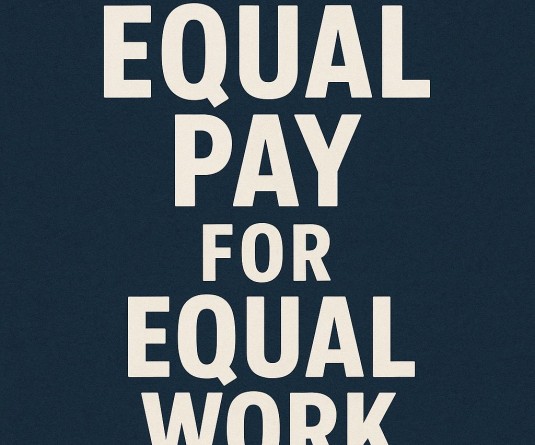
Ngaranmi Shimray
New Delhi
Article 371-C of the Constitution of India is a special provision for the “hill areas” of Manipur given in 1972 when Manipur, as a Part C state, was elevated to a full fledged state. There are several such special provisions for many states, including most of the north eastern states, under Article 371 starting from 371-A to 371-J. Article 371-C has served a very good purpose of determining the “hill areas” under the “First Schedule” thereby protecting the lands in the “hill areas” of Manipur from alienation to non-tribals. There are other provisions under Presidential Order dated 20th June 1972 for the hill areas which the hill area MLAs have not been able to exercise their mandated functions fully through the Hill Areas Committee (HAC) constituted under Article 371-C.
Till Manipur “hill areas” is included in the Sixth Schedule” of the Constitution under Article 244(2), the hill areas of Manipur will not have the type of empowered district council or territorial council powers as we see now in Bodoland Territorial Council. The district council Act of Manipur, although enacted by parliament in 1971, is basically a state legislation and can be amended by the state assembly anytime. The Panchayati Raj system of local self government has been empowered by the constitution and the valley districts in Manipur is enjoying the empowered functions and powers since the early 1990’s. On the other hand, the district council Act of 1971 which is implemented casually in the hill areas has become outdated and is being constantly degraded and made dysfunctional by the state government. There is no doubt that the current district council Act of Manipur has become redundant and the local governance system needs upgradation and replacement. The students, hill CSOs and political thinkers have always demanded that the hill areas of Manipur deserve a more empowered local self government since 1980’s. Manipur is the only state in the north eastern region which has a district council created by an Act of the state and is susceptible to manipulation and discrimination by a state government dominated by Meiteis who do not want the tribals to prosper. Any call for a UT with legislature and a council of ministers or a state would be the desire of most right thinking tribals of Manipur. But sadly, the Naga peace talks, which promises greater things, has stifled the desire of students, hill CSOs or political thinkers to articulate and demand for something more realistic for Manipur hill areas. All the rhetorics of the peace talks have taken us nowhere. Given the high degree of distrust that exist today among the three large communities namely, Meiteis, Kukis and Nagas and the fact that all three communities are heavily armed the likelihood of peaceful coexistence is remote unless all three give up or surrender their fire arms simultaneously. Perhaps the time has come for the people living in the hill areas of Manipur to think practically and demand for something more realistic and achievable.
The Sixth Schedule of the Constitution provides for the administration of tribal areas in Assam, Meghalaya, Tripura and Mizoram to safeguard the rights of the tribal population in these states. This special provision is provided under Article 244(2) of the Constitution. The government of Manipur tricked the unwitting tribals by sending a non-serious recommendation to Government of India (GoI) for extension of Sixth Schedule to hill areas of Manipur and mentioning that it would be subject to local adjustments. When GoI wrote back asking for clarification as to what exactly local adjustments meant, the government of Manipur has not responded and has kept the matter in cold storage. The naivety of the tribal people has been fully exploited and exposed by the government of Manipur dominated by the Meitei community. The current ongoing ethnic conflict could be viewed as yet another attempt to subjugate and suppress the tribals systematically.
Article 239A of the Indian Constitution deals with the creation of local legislatures or Council of Ministers or both for certain Union territories (UT). The Kukis have demanded the type of UT which has a legislature and a council of ministers. This amounts to breaking up the state of Manipur. Manipur integrity being a very sensitive matter for the Meiteis, the Nagas have restraint themselves from even asking for a separate state or UT for Manipur hill areas. In the aftermath of the Meitei and Kuki-Zomi clashes that followed the 3rd May 2023 conflict there are signs that the geo-political equations are changing fast and entailing upon the people of the hill areas of Manipur, especially the Nagas, to consider recalibrating their strategy and demand to the GoI. Look at Tripura Motha and see what they have done. The pressure was applied rightly on the GoI in the state and intensified at the right time just before the ensuing parliamentary elections. What they have achieved is debatable but it is clear that their strategy has worked and they are on the path of a settlement. Another example is of the Eastern Nagaland People’s Organisation (ENPO). Did they apply pressure at the right time or is it rather too late as parliamentary electioneering has already started and no one has any time to pay attention to the demand? Clarity of demand and timing of pressuring the GoI is key to success. Are the people in the hill areas of Manipur united to work out their demand clearly and have they resolved to push their demand unitedly and unwaveringly under sustained opposition? Everyone is urged to ruminate on this matter.
The writer is a social activist and political analyst based in New Delhi. Advocate for clean politics and passionate about tribal rights.




